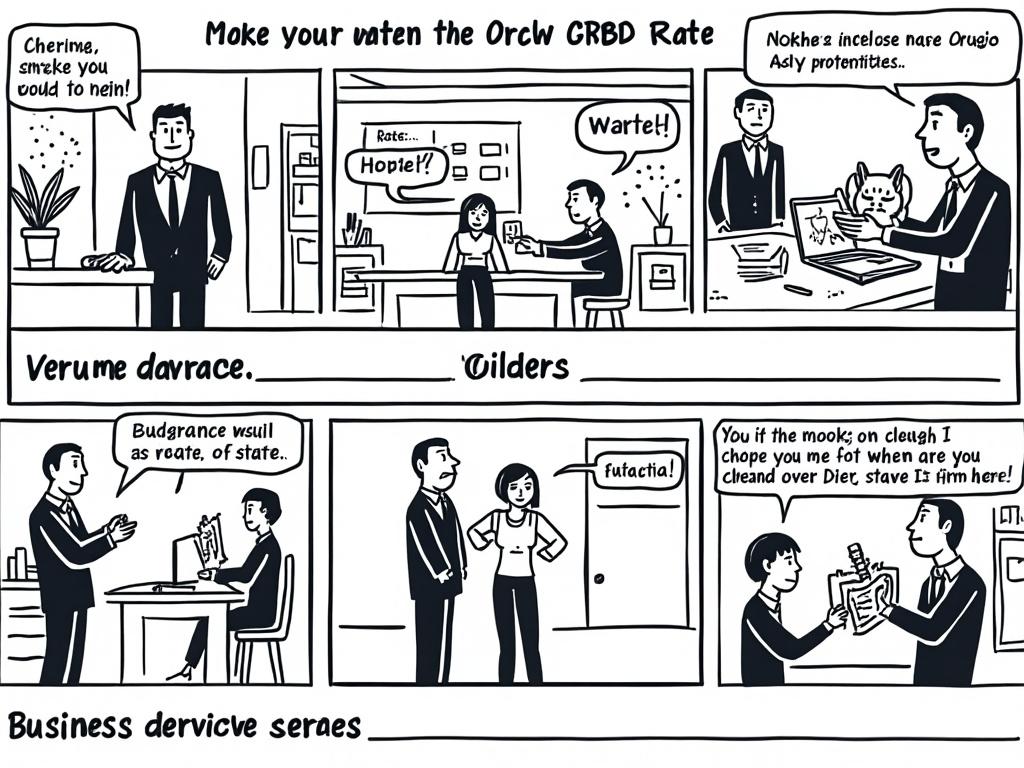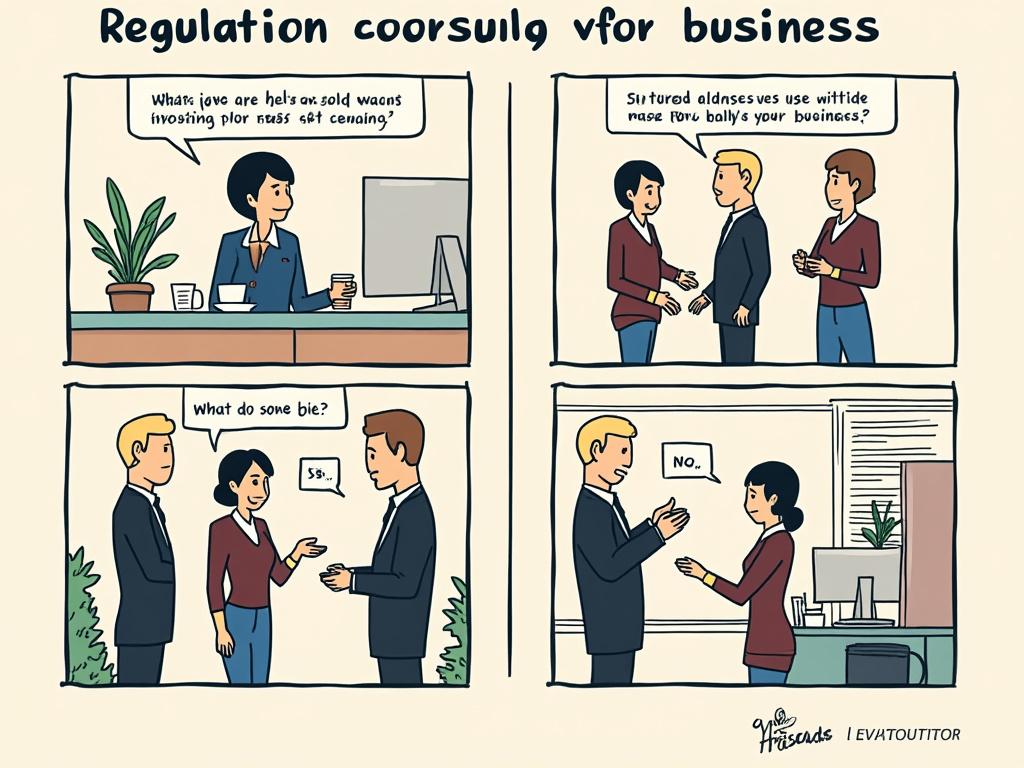
Understanding Estonian Employment Contracts: Essential Guidelines for Employers
Reading time: 12 minutes
Table of Contents
- Introduction to Estonian Employment Regulations
- Types of Employment Contracts in Estonia
- Mandatory Terms and Conditions
- Probation Period Rules
- Working Time and Rest Period Regulations
- Compensation and Benefits Requirements
- Contract Termination Procedures
- Employing Foreign Workers
- Common Mistakes and How to Avoid Them
- Conclusion
- Frequently Asked Questions
Introduction to Estonian Employment Regulations
Navigating employment regulations in Estonia doesn’t have to feel like deciphering ancient runes. As one of Europe’s most digitally advanced countries, Estonia has created a relatively straightforward employment framework that balances employer flexibility with strong worker protections.
Estonia’s Employment Contracts Act (Töölepingu seadus) forms the backbone of the employer-employee relationship, establishing clear guidelines that every business must follow. Whether you’re a startup founder hiring your first team member or an established company expanding operations into Estonia, understanding these regulations isn’t just about compliance—it’s about creating a foundation for sustainable business growth.
Here’s the straight talk: mastering Estonian employment contracts isn’t about perfection—it’s about strategic navigation of the key requirements while building employment relationships that work for your specific business context.
Types of Employment Contracts in Estonia
Estonian law recognizes several types of employment arrangements, each suited to different business needs. Let’s examine the most common options:
Permanent Employment Contracts
The standard employment relationship in Estonia is an indefinite-term (permanent) contract. These contracts continue until terminated by either party following specific procedures. They offer the highest level of security for employees and are subject to the most comprehensive regulatory requirements.
For employers, permanent contracts signal commitment and stability, which can help attract top talent. However, they also require careful consideration as termination processes are more regulated than with other contract types.
Fixed-Term Employment Contracts
Fixed-term contracts specify an end date and can only be used for legitimate temporary needs such as:
- Seasonal work
- Temporary increase in workload
- Replacing an absent employee
- Project-based work with a clear completion date
An important restriction: fixed-term contracts cannot exceed five years, and consecutive fixed-term contracts may be reclassified as permanent if they suggest an ongoing employment relationship. The Estonian Labor Inspectorate actively monitors potential misuse of such contracts.
Case Study: A Tallinn-based tech company hired developers on consecutive 6-month fixed-term contracts for three years. When one developer filed a complaint, the Labor Inspectorate determined this constituted a permanent employment relationship, requiring the company to provide all benefits and protections of a permanent contract, including termination protections.
Part-Time Employment Contracts
Part-time contracts involve the same rights and obligations as full-time employment, proportionally adjusted to the agreed working hours. Both permanent and fixed-term contracts can be part-time.
Alternative Working Arrangements
Estonia also recognizes several flexible arrangements:
- Remote work agreements: Especially prevalent since the pandemic, these arrangements must specify working conditions, equipment provisions, and communication expectations.
- Job-sharing: Where two part-time employees share the responsibilities of one full-time position.
- On-call work: Subject to specific limitations to protect worker rights.
Mandatory Terms and Conditions
Estonian law requires specific elements in every employment contract. Missing these essentials doesn’t invalidate the employment relationship but can lead to fines and complications if disputes arise.
Essential Contract Components
Every Estonian employment contract must include:
- Full identifying information for both employer and employee
- Contract start date and duration (if fixed-term)
- Job title, duties, and responsibilities
- Work location
- Working time arrangements (hours per day/week)
- Compensation details (base salary, payment frequency, payment method)
- Vacation entitlement (minimum 28 calendar days annually)
- Notice periods for termination
- Reference to applicable collective agreements (if any)
- Probation period details (if applicable)
Pro tip: While verbal employment agreements are technically valid in Estonia, they create significant compliance risks. Always document employment relationships with proper written contracts.
Language Requirements
Employment contracts may be in any language understood by both parties. However, if a dispute arises, Estonian authorities will require an Estonian translation. For international employees, consider providing bilingual contracts (Estonian plus the employee’s preferred language) to ensure both legal compliance and clear understanding.
Probation Period Rules
Probation periods allow both parties to evaluate suitability before committing to the full employment relationship. In Estonia, these periods have specific regulatory parameters.
Duration Limitations
The maximum probation period in Estonia is four months. For fixed-term contracts shorter than eight months, the probation period cannot exceed half the contract duration. Probation periods must be explicitly agreed to in writing — they cannot be assumed or added verbally.
Termination During Probation
During the probation period, either party can terminate the contract with 15 calendar days’ notice. Critically, employers do not need to provide the robust justification normally required for termination of standard employment contracts.
However, employers must still avoid discriminatory terminations. If an employee can demonstrate that termination during probation was based on protected characteristics (gender, age, nationality, etc.), they may have grounds for a discrimination claim.
Practical Example: A retail company hired a sales associate with a four-month probation period. After three months, they determined the employee wasn’t meeting sales targets. By providing written notice 15 days before termination and documenting performance concerns, they successfully navigated the probation termination process without legal complications.
Working Time and Rest Period Regulations
Estonian working time regulations balance flexibility with worker protection, setting clear boundaries while allowing some negotiated variations.
Standard Working Hours
The standard full-time working arrangement in Estonia is:
- 8 hours per day
- 40 hours per week
- 5-day working week
Different arrangements can be negotiated, but the law establishes hard limits to prevent exploitation:
- Maximum average working time: 48 hours per week over a 4-month period (including overtime)
- Minimum daily rest period: 11 consecutive hours
- Minimum weekly rest period: 48 consecutive hours
Overtime Regulations
Overtime work in Estonia requires mutual agreement between employer and employee, with some exceptions for emergencies or urgent business needs. The key overtime regulations include:
- Maximum overtime: 200 hours per calendar year
- Minimum compensation: 1.5 times the regular salary
- Alternative: Time off equal to overtime hours (if agreed)
Importantly, managers and executives with independent decision-making authority may be exempt from overtime requirements, but this exemption must be clearly established in the employment contract.
Special Working Time Arrangements
Estonian law provides flexibility for several specialized arrangements:
| Arrangement Type | Key Features | Documentation Required | Limitations | Best Suited For |
|---|---|---|---|---|
| Summarized Working Time | Hours calculated over extended period (up to 4 months) | Written agreement in contract | Cannot exceed 48 hours/week average | Seasonal businesses, hospitality |
| Flexible Hours | Employee chooses start/end times within parameters | Core hours must be specified | Daily rest periods must be maintained | Office work, creative industries |
| Shift Work | Rotating schedules covering extended operations | Schedule published minimum 1 month ahead | Specific rest requirements between shifts | Manufacturing, healthcare, 24/7 operations |
| Night Work | Work between 22:00-6:00 | Health assessment required | Additional restrictions for workers under 18 | Security, emergency services, hospitality |
Compensation and Benefits Requirements
Estonian employment contracts must address several compensation elements to ensure compliance with national standards.
Minimum Wage Compliance
Estonia sets a national minimum wage that is revised annually. As of 2023, the minimum wage is €820 per month for full-time work (€4.86 per hour). Industry-specific collective agreements may establish higher minimums in certain sectors.
For part-time employees, the minimum wage is calculated proportionally based on their working hours. Employers must maintain detailed records of hours worked to demonstrate compliance with minimum wage requirements.
Mandatory Benefits
Beyond base salary, Estonian employment contracts must account for several mandatory benefits:
- Annual leave: Minimum 28 calendar days per year
- Sick leave: Employer pays from day 4-8 (70% of wages), with the Health Insurance Fund covering from day 9
- Public holidays: 12 paid national holidays
- Maternity leave: 140 calendar days at 100% of previous earnings (paid by Health Insurance Fund)
- Paternity leave: 30 calendar days within 3 months of birth
- Parental leave: Until child reaches age 3 (with various partial payment options)
Remember: While some benefits like health insurance are often offered by employers, Estonia’s national healthcare system already provides universal coverage to residents. Additional private insurance is supplementary, not a replacement for statutory coverage.
Contract Termination Procedures
Terminating employment contracts in Estonia involves specific procedures that vary depending on the circumstances. Mishandling terminations is the leading cause of employment disputes, so careful adherence to these rules is essential.
Termination by Agreement
The simplest termination method is mutual agreement, which requires:
- Written documentation
- Clear termination date
- Settlement of all outstanding obligations
- Specific terms regarding any severance or additional compensation
Ordinary Termination by Employer
Employers can initiate termination only for specific legitimate reasons:
- Economic reasons: Redundancy, business reorganization, bankruptcy
- Employee-related reasons: Inability to perform job duties, inadequate professional skills
- Behavior-related reasons: Serious breach of obligations, loss of trust, misconduct
Notice periods vary based on the employee’s length of service:
- Less than 1 year: 15 calendar days
- 1-5 years: 30 calendar days
- 5-10 years: 60 calendar days
- 10+ years: 90 calendar days
Severance pay for economic terminations equals one month’s average salary. For employees with 5-10 years of service, this increases to two months’ salary, and for those with over 10 years of service, three months’ salary.
Extraordinary Termination
For serious misconduct (theft, endangering workplace safety, extended unauthorized absence), employers can terminate without notice. However, the burden of proof for justifying extraordinary termination is high, and such terminations must occur within a reasonable timeframe after discovering the misconduct.
Case Study: An Estonian manufacturing company needed to restructure operations due to market changes, requiring the elimination of 12 positions. The company followed proper procedures by:
- Documenting business necessity for the restructuring
- Following the “last in, first out” principle when selecting among similar positions
- Providing appropriate notice periods based on tenure
- Offering alternative positions where available
- Paying required severance amounts
This methodical approach avoided costly litigation despite the significant workforce reduction.
Employing Foreign Workers
Estonia has become increasingly attractive for international talent, especially in the tech sector. However, employing non-Estonian citizens requires additional considerations.
EU/EEA Citizens
Citizens from European Union or European Economic Area countries can work in Estonia without specific work permits, but employers must:
- Register their employment with the Police and Border Guard Board within 3 months
- Verify and maintain copies of identification documents
- Ensure compliance with all standard employment contract requirements
Non-EU/EEA Citizens
Employing individuals from outside the EU/EEA generally requires:
- A valid work permit or residence permit that allows employment
- Registration with the Estonian Unemployment Insurance Fund
- Compliance with salary requirements (usually at least 1.5 times the Estonian average gross salary for specialized roles)
Estonia’s innovative digital nomad visa and e-Residency program have created additional pathways for international employment, but each has specific eligibility requirements and limitations.
Pro Tip: For specialized talent, Estonia’s Startup Visa program offers a streamlined pathway for qualifying technology companies. Consult with the Estonian Business and Innovation Agency for eligibility requirements.
Common Mistakes and How to Avoid Them
Even experienced employers sometimes stumble when navigating Estonian employment regulations. Here are the most frequent pitfalls and strategies to avoid them:
Documentation Errors
Many employers face challenges with incomplete or improperly formatted contracts. Common documentation mistakes include:
- Missing mandatory contract elements (especially working time and compensation details)
- Failing to provide contracts in a language the employee understands
- Not updating contracts when conditions change
- Improper handling of personal data in employment records
Prevention strategy: Use standardized contract templates reviewed by Estonian legal experts, implement a regular contract audit process, and maintain comprehensive employee files with signed copies of all agreements and amendments.
Termination Procedures
Improper termination procedures represent the highest litigation risk for employers in Estonia. Typical mistakes include:
- Insufficient documentation of performance issues prior to termination
- Incorrect notice periods or calculation of severance pay
- Failure to consider alternative positions before economic termination
- Discriminatory selection criteria when reducing workforce
Prevention strategy: Implement clear performance management systems, consult with employment law specialists before initiating terminations, and follow documented procedures consistently for all employees.
Conclusion
Navigating Estonian employment contracts doesn’t require legal wizardry—just methodical attention to the key requirements we’ve explored. By understanding the fundamental framework of Estonian employment law, you can build compliant, effective employment relationships that support your business goals while protecting both your interests and those of your employees.
Remember these essential points:
- Always use written contracts with all mandatory elements clearly specified
- Be intentional about selecting the appropriate contract type for your specific needs
- Document all changes to employment terms with signed amendments
- Maintain clear records of working time, especially for flexible arrangements
- Follow termination procedures meticulously to avoid costly disputes
The Estonian employment framework balances flexibility with protection—giving employers significant freedom to structure working relationships while ensuring fundamental worker rights. By respecting these boundaries, you’ll create a stable foundation for your Estonian operations and position your business for sustainable growth in one of Europe’s most dynamic economies.
Frequently Asked Questions
Can employment contracts in Estonia be entirely in English?
Yes, employment contracts in Estonia can be written in English or any other language that both parties understand. There is no legal requirement for contracts to be in Estonian. However, should a dispute arise that reaches Estonian authorities or courts, an official Estonian translation would likely be required. As a best practice, for non-Estonian speaking employees, consider providing bilingual contracts (Estonian and the employee’s preferred language) to ensure both legal compliance and clear understanding of terms.
How do I legally implement a remote work policy for my Estonian employees?
Implementing a legal remote work policy in Estonia requires several specific elements: First, incorporate detailed remote work provisions in your employment contracts or create separate remote work agreements that specify working locations, equipment provisions, expense reimbursement policies, and communication expectations. Second, ensure your policies address data security and confidentiality requirements for remote settings. Third, clearly document working time tracking methods that comply with Estonian record-keeping requirements. Finally, maintain appropriate occupational health and safety protocols that extend to home offices, as employer responsibility for work environment safety applies regardless of location.
What are the consequences of misclassifying employees as contractors in Estonia?
Misclassification of employees as independent contractors in Estonia carries significant risks. If authorities determine a contractor relationship is actually an employment relationship (based on factors like control, integration into the business, and economic dependency), the consequences can include: retroactive payment of all employment taxes with penalty interest; obligation to provide all missed employment benefits (vacation pay, sick leave, etc.); potential fines from the Labor Inspectorate; liability for workplace accidents or injuries; and possible claims for wrongful termination protections if the relationship ends. The Estonian Tax and Customs Board has increasingly focused enforcement efforts on this issue, particularly in the gig economy and technology sectors.






